The Supplemental Nutrition Assistance Program (SNAP), which used to be called the Food Stamp Program, is an important government program in the US that helps people and families with low incomes buy food every month.
The Food and Nutrition Service (FNS) of the U.S. Department of Agriculture (USDA) is in charge of this service. Through giving money to eligible families, SNAP makes a big difference in reducing food insecurity and improving nutrition among vulnerable groups.
It is the main goal of SNAP to make sure that low-income families can get the money they need to eat a healthy meal. The program runs every month, and the way rewards are given out varies by state. An Electronic Benefits Transfer (EBT) card, which works like a debit card, is how SNAP users get their money.
You can use this card to buy certain types of food at authorized shops, like grocery stores, supermarkets, and some farmers’ markets. Though, it’s important to remember that SNAP payments are closely watched. They can’t be used to buy things that aren’t food, like clothes, toiletries, vitamins, medicines, tobacco, or hot cooked foods.
Beyond giving basic food assistance, SNAP also provides extra programs that aim to enhance the overall health and happiness of its recipients. One of these programs is SNAP-Ed, which teaches people about good eating. People who get SNAP-Ed learn how to choose healthy foods and get the most out of their food stamps.
A related program is the Employment and Training (E&T) initiative, which helps people find jobs and gives them assistance. The goal of E&T is to help people who get SNAP find work and become self-sufficient.
People who want to get SNAP benefits must fill out an application at the SNAP office in their state or on the state’s SNAP website. In order to be considered, applicants must go through an interview and show proof of their income, costs, and other factors. If an applicant is accepted, they will get their benefits on time, based on what their state says.
SNAP benefit schedule by state
Even though SNAP is a nationwide program, benefits are not given out the same way in all states. This is because each state has its own plan for giving out benefits, so recipients may not always get their money at the same time. Here is a list of when SNAP benefits will be given out in each state for the month of September:
| Alabama: September 4 to 23
Alaska: September 1 Arizona: September 1 to 13 Arkansas: September 4 to 13 California: September 1 to 10 Colorado: September 1 to 10 Connecticut: September 1 to 3 Delaware: September 2 to 23 District of Columbia: September 1 to 10 Florida: September 1 to 28 Georgia: September 5 to 23 Guam: September 1 to 10 Hawaii: September 3 to 5 Idaho: September 1 to 10 Illinois: September 1 to 20 Indiana: September 5 to 23 Iowa: September 1 to 10 Kansas: September 1 to 10 Kentucky: September 1 to 19 Louisiana: September 1 to 23
|
Maine: September 10 to 14
Maryland: September 4 to 23 Massachusetts: September 1 to 14 Michigan: September 3 to 21 Minnesota: September 4 to 13 Mississippi: September 4 to 21 Missouri: September 1 to 22 Montana: September 2 to 6 Nebraska: September 1 to 5 Nevada: September 1 to 10 New Hampshire: September 5 New Jersey: September 1 to 5 New Mexico: September 1 to 20 New York: September 1 to 9 North Carolina: September 3 to 21 North Dakota: September 1 Ohio: September 2 to 20 Oklahoma: September 1 to 10
|
Oregon: September 1 to 9
Pennsylvania: September 3 to 14 Puerto Rico: September 4 to September 22 Rhode Island: September 1 South Carolina: September 1 to 19 South Dakota: September 10 Tennessee: September 1 to 20 Texas: September 1 to 28 Utah: September 5, 11 and 15 Virgin Islands: September 1 Vermont: September 1 Virginia: September 1 to 7 Washington: September 1 to 20 West Virginia: September 1 to 9 Wisconsin: September 1 to 15 Wyoming: September 1 to 4
|
Also See:- 3 Major Social Security Reforms That May Effect Retiree Payments





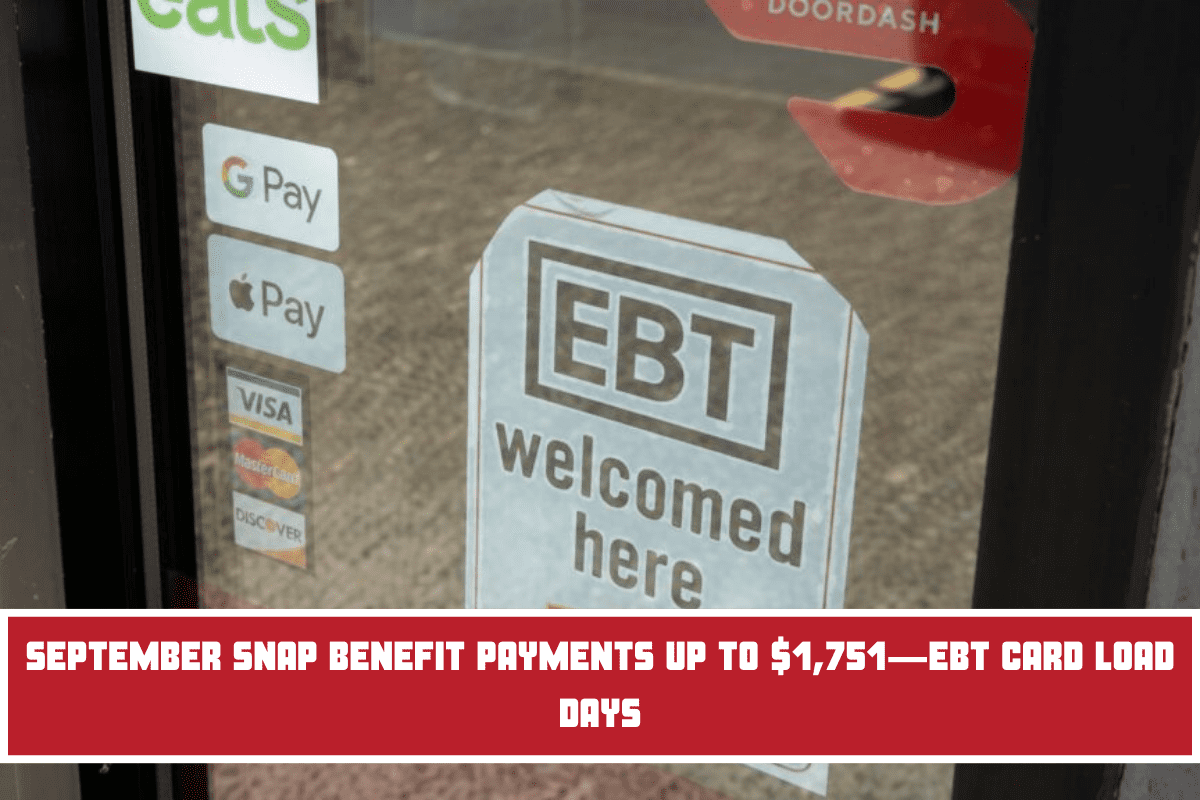
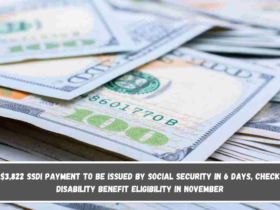





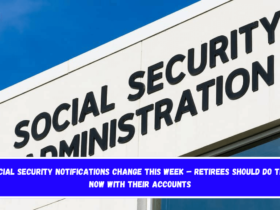
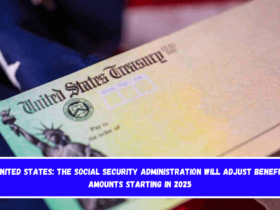
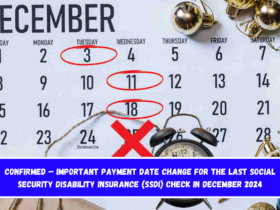
Leave a Reply